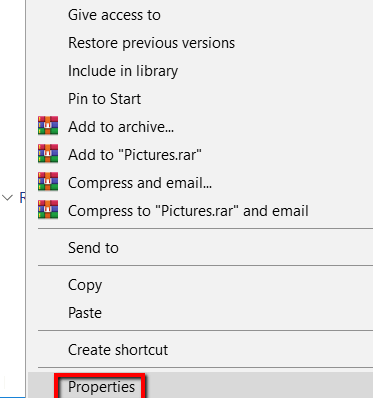
- INSTALLBUILDER CHANGE FOLDER OWNERSHIP MAC OS
- INSTALLBUILDER CHANGE FOLDER OWNERSHIP INSTALL
- INSTALLBUILDER CHANGE FOLDER OWNERSHIP UPDATE
- INSTALLBUILDER CHANGE FOLDER OWNERSHIP SOFTWARE
- INSTALLBUILDER CHANGE FOLDER OWNERSHIP CODE
INSTALLBUILDER CHANGE FOLDER OWNERSHIP INSTALL

These helps simplify the installation process for end-users. It is possible to ask for multiple parameters, like username and passwords, in the same installer screen.
INSTALLBUILDER CHANGE FOLDER OWNERSHIP MAC OS
INSTALLBUILDER CHANGE FOLDER OWNERSHIP UPDATE
QuickBuild functionality allows you to update installers in a few seconds, without having to repack the entire application. A command line interface allows you to automate and integrate the building process.
INSTALLBUILDER CHANGE FOLDER OWNERSHIP CODE
Unlike competing products, all BitRock installers are truly native code and do not require bundling a Java Runtime Environment.
INSTALLBUILDER CHANGE FOLDER OWNERSHIP SOFTWARE
RPM Integration : BitRock installers can register your software with the RPM package database, combining ease of use with the powerful RPM package management system.Desktop Integration : BitRock installers provide native look and feel and desktop integration for Windows, KDE and Gnome.To learn more about Outlook folders, see Create and share a public folder and Switch between Outlook folders. To learn more about setting permissions and how they work, read the "Do I have to apply permissions to share my files with other users on my computer?" section in the What to know before applying permissions to a file or folder article. More about permissions and Outlook folders Set different permissions for other users or groups by repeating steps 2 through 5. As you add users or groups, they appear in the box to the right of the Add button. In the Global Address List, select the users and contact groups you want, clicking Add after selecting each one. To find the users or contact groups you want to assign to that permissions level, click Add. Vernon was assigned to the Editor level, which was then customized to allow him to delete his own items. In the example shown here, Diane and Kim have the built-in Author and Publishing Editor permission levels.

If you do that, the Permission Level for the user or group will change to Custom. Permissions descend from Owner, with all the rights, to Contributor, with the fewest rights.Īfter you choose a permissions level, you can fine-tune the permissions by selecting buttons or checking and unchecking boxes.


On the Permissions tab, under Permissions, choose a permissions level from the list. Note: If you can't see Public Folders in the Folder Pane, press Ctrl+6.


 0 kommentar(er)
0 kommentar(er)
